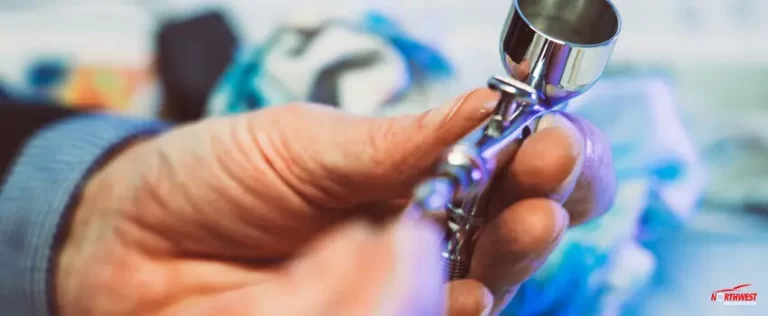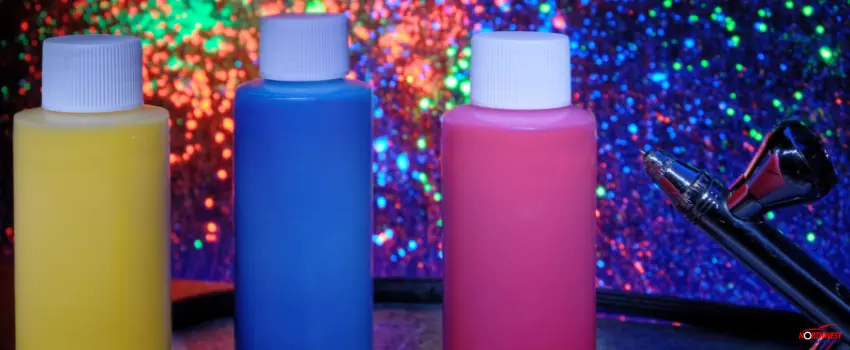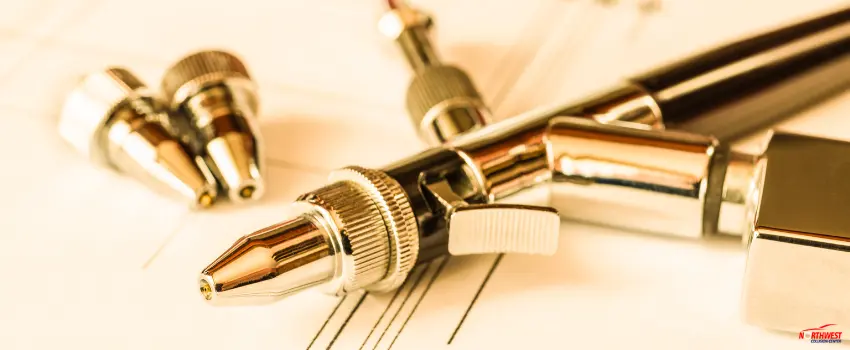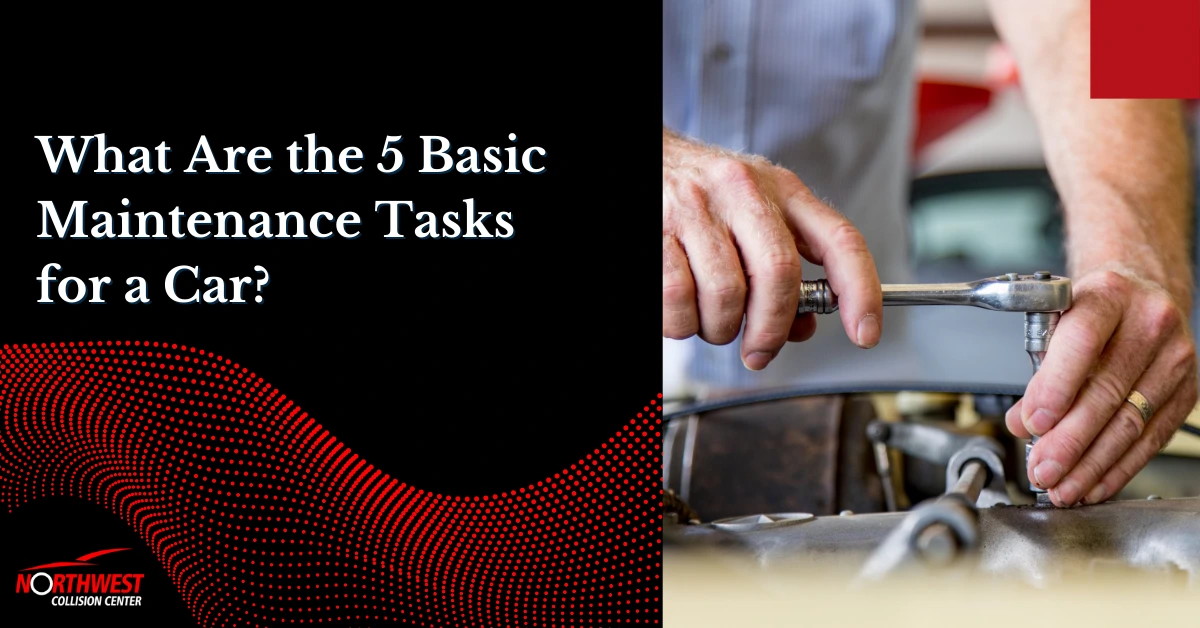Many motorists consider their car a personal possession, a symbol of pride, and a reflection of their identity. Given how we value our cars, it’s not surprising to find some car owners loading their cars with different accessories. Indeed, loading your car with accessories is one way to make it unique and stand out from other cars.
For those with an artistic streak, a popular way to make your car stand out is to paint it, and when it comes to creating a unique design that really stands out, there’s no better paint option than airbrush paint. The airbrush painting technique gives your car a totally unique look that reflects your personality and makes your car one of a kind.
What is airbrush painting?
Airbrush painting is a painting technique that involves spraying a thin, even layer of paint, on a surface. It is commonly used in the automotive industry to create custom designs and intricate patterns on cars.
A typical airbrushing job uses compressed air to spray paint onto a car’s exterior. The brush is a small, handheld device that atomizes the paint into a fine mist, creating a smooth layer of paint. The technique can produce a diverse variety of effects, from simple color changes to complex designs and patterns, including graphics and fade effects.
History of Airbrushing
The technique has been around for over a century, with the first patent for an airbrush filed in 1876 by Francis Edgar Stanley. However, it was not until the early 20th century that airbrushing began to be used in the automotive industry.
One of the pioneers of car airbrushing was Dean Jeffries, who created custom paint jobs for Hollywood movie studios and race car drivers in the 50s and 60s. His work was known for its intricate designs and use of vibrant colors, which helped to popularize airbrushing in the automotive industry.
Types of Airbrushes
There are several different types of airbrushes, each with its own strengths and weaknesses. The most common types used in the automotive business include the following:
1. Single Action
This is the simplest type of airbrush, with a single control for both the air and the paint. To use a single action airbrush, you simply adjust the nozzle to control the amount of paint that you want to spray. Airbrushing beginners will find this airbrush type a good choice as it is easy to use.
2. Dual Action
These are airbrushes known for having separate controls for the air and the paint, allowing for more precise control over the spray pattern and the amount of paint you use. On this type of airbrush, the trigger mechanism is pressed down to spray air, and pulled back to spray paint.
3. Gravity Feed
This type of airbrush features a small cup on top that holds the paint. The paint is then pushed by gravity into the airbrush mechanism. This type of airbrush is ideal for small, detailed work.
4. Siphon Feed
This is designed with a larger paint cup, usually located at the bottom of the airbrush. The paint is siphoned up through a tube by air pressure when the trigger is pressed, making it easier to cover large areas quickly. Siphon feed airbrushes, sometimes called bottom feed, are ideal for car artists who require larger amounts of paint for their projects.
5. Side Feed
A side-feed airbrush either has a bottle or a cup, (sometimes both), attached to its side. Either of these can rotate so you can do automotive painting from different angles. Both the cup and the bottle are interchangeable, which can prove helpful in airbrush paint jobs where varying colors are needed.
Common Airbrushing Mistakes
Engaging in airbrush automotive paint work requires skill and experience, but even the most seasoned car painters make mistakes, like:
1. Over-Thinning the Paint
Different types of paints can be used for airbrushing. Having this variety of paint types is both useful and problematic. For example, the different types of paint allows for different effects and finishes. However, the diversity of paint types can also lead to confusion, and cause the car technicians to over thin the paint. When the paint is too thin, this will cause it to run and drip, which is messy and leads to uneven coverage.
2. Clogging the Nozzle
After using an airbrush, you should always clean the nozzle, as this will stop it from becoming clogged. When a nozzle is clogged, this causes an uneven spray pattern or causes the paint to splatter.
3. Spraying Distance Error
When car airbrushing, the distance between the airbrush and the vehicle surface can affect the paint’s coverage and finish. Spraying too close can cause the paint to pool while spraying from too far away can result in uneven coverage.
4. Using Uncleaned Airbrush
Failing to clean the airbrush after each use can cause the remaining paint to accumulate inside the brush. This can lead to clogging, eventually rendering the airbrush useless.
5. Using Incorrect Air Pressure
Using the wrong air pressure can result in paint splatters and pointless wastage. When doing airbrush automotive paint jobs, it’s best to determine the recommended air pressure to ensure the work is done correctly.
Key Takeaway
Automotive airbrush paint can add depth and attention to your car. If you’re feeling brave, and plan to do the painting work yourself, you definitely need to take some time to familiarize yourself with the tools that you’ll be using, and the medium that you choose. In short, this could end up being a trial-and-error thing, which is likely if you’re a beginner.
The better option is to get the services of a professional auto body shop for your car painting needs. Usually, they have expert car technicians who come complete with an auto airbrush paint kit to ensure they can implement your unique design requirements.
Give life to your car with top-notch painting services from Northwest Collision Center.
If you’re a car enthusiast looking to add a new dimension to your vehicle, try a different color paint. Northwest Collision Center has excellent auto painting services that is sure to impress.
At Northwest Collision Center, the go-to shop that offers quality auto body repair in Largo, FL, we have an expert team who will work on your car and give it a distinct look that attracts everyone’s attention. Call us today, and let’s discuss how our car painting can transform your car.
